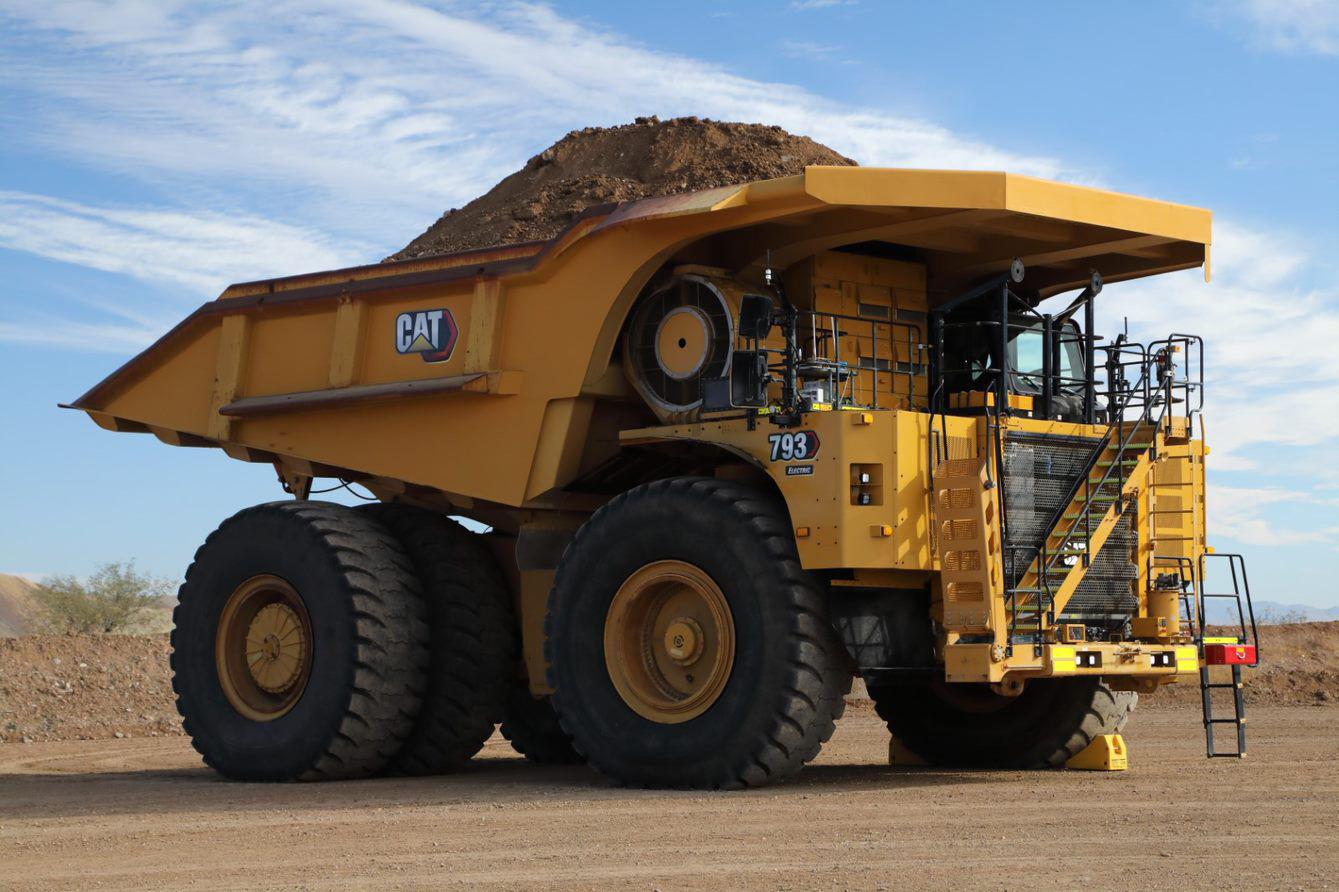
3 minute read
POWER + TECHNOLOGY CONSIDERATIONS IN THE TRANSITION TO ELECTRIC FLEETS
POWER + TECHNOLOGY CONSIDERATIONS IN THE TRANSITION TO ELECTRIC FLEETS
The need to decarbonise and meet greenhouse gas reduction targets is driving the mining industry attention on the potential to electrify haulage. The transition to electric haulage, however, will involve much more than the significant changes to the equipment.
Cameron Sharp, Global Microgrid Account Manager, Electric Power at Caterpillar, shares some of the insights gained in supporting several global miners in their consideration of the potential to adopt electric fleets, and what the industry at large will face in preparing their power systems and employees for a successful transition.
ENERGY + MINES: What are some of the lessons you have learned to date from Caterpillar’s current electric fleet trials and their impacts on mine power infrastructure?
CAMERON SHARP: The pilots we have conducted to date have made it clear that the adoption of a battery-electric fleet will trigger a transformational change to mine designs and the associated electrical infrastructure. Miners that plan to transition to electric mobility should take the time to assess their current power infrastructure and make the necessary adjustments before bringing in electric equipment.
EM: What should miners do today to augment their power systems in order to be ready for an electric fleet?
CS: An electric fleet will significantly increase power demands on site, and miners will want to ensure this extra demand is met by non-polluting sources of energy. Additional green energy and energy storage are likely to be a required element of the solution based on the spikey load profile which will accompany the charging of an electric fleet.
EM: What are some specific considerations for mines running on hybrid microgrid power in the transition to electric mobility?
CS: Because electric mining vehicles dramatically change a site’s load profile, mines operating on microgrid power will need to ensure modularity and the ability to scale these solutions to meet the additional power demands of an electric fleet.
EM: What are some of the operational technologies that will enable the transition to and optimal performance of electrified fleets?
CS: Advancements in site energy storage technologies will be key to increase the flexibility of mines’ power systems ahead of transitioning to electric fleets. Additionally, expanding the capabilities of autonomous haulage and fleet management systems to issuing vehicle assignments will ensure optimal vehicle efficiency and optimize charge management.
Autonomous trucks can help to enhance mine site safety but also improve productivity by creating increased visibility for mine site coordinators, enabling more consistent operations for both staffed and autonomous machines. As such, these technological developments will be essential in the transformation of mine mobility.
EM: Aside from technology and infrastructure, what other impacts should miners prepare for when transitioning to an electric fleet (i.e., training, performance, etc)?
CS: Managing the transmission and distribution of electric power to associated charging infrastructure is critical to keeping the batteries charged and optimising fleet productivity. This will require new skills and the development of training programs that will also assure new operational and support practices are aligned with evolving legislation, safety, and best practices.
EM: What’s the role of autonomous haulage systems in electric fleet optimization?
CS: Autonomous haulage is a central enabler and will provide the decision support platform to firstly validate the fleet’s ability to deliver on the shift production plan, and then manage shift execution by leveraging the repeatability and consistency of autonomous haulage to issue precise assignments for both the collection (load) and delivery (dump) of materials, while optimising the periodic assignments of electric vehicles to fixed and dynamic charging infrastructure.





